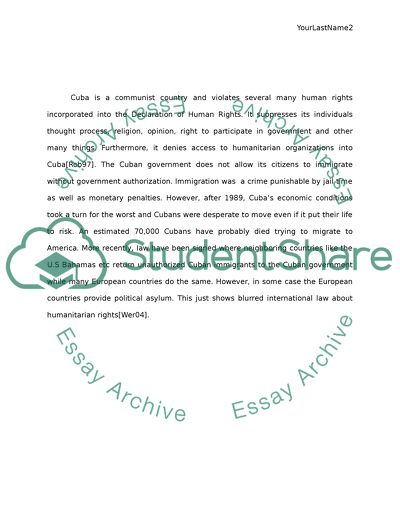Cite this document
(The Mariel Boat Lift Term Paper Example | Topics and Well Written Essays - 2000 words, n.d.)
The Mariel Boat Lift Term Paper Example | Topics and Well Written Essays - 2000 words. Retrieved from https://studentshare.org/history/1611867-mariel-boat-lift
The Mariel Boat Lift Term Paper Example | Topics and Well Written Essays - 2000 words. Retrieved from https://studentshare.org/history/1611867-mariel-boat-lift
(The Mariel Boat Lift Term Paper Example | Topics and Well Written Essays - 2000 Words)
The Mariel Boat Lift Term Paper Example | Topics and Well Written Essays - 2000 Words. https://studentshare.org/history/1611867-mariel-boat-lift.
The Mariel Boat Lift Term Paper Example | Topics and Well Written Essays - 2000 Words. https://studentshare.org/history/1611867-mariel-boat-lift.
“The Mariel Boat Lift Term Paper Example | Topics and Well Written Essays - 2000 Words”. https://studentshare.org/history/1611867-mariel-boat-lift.


